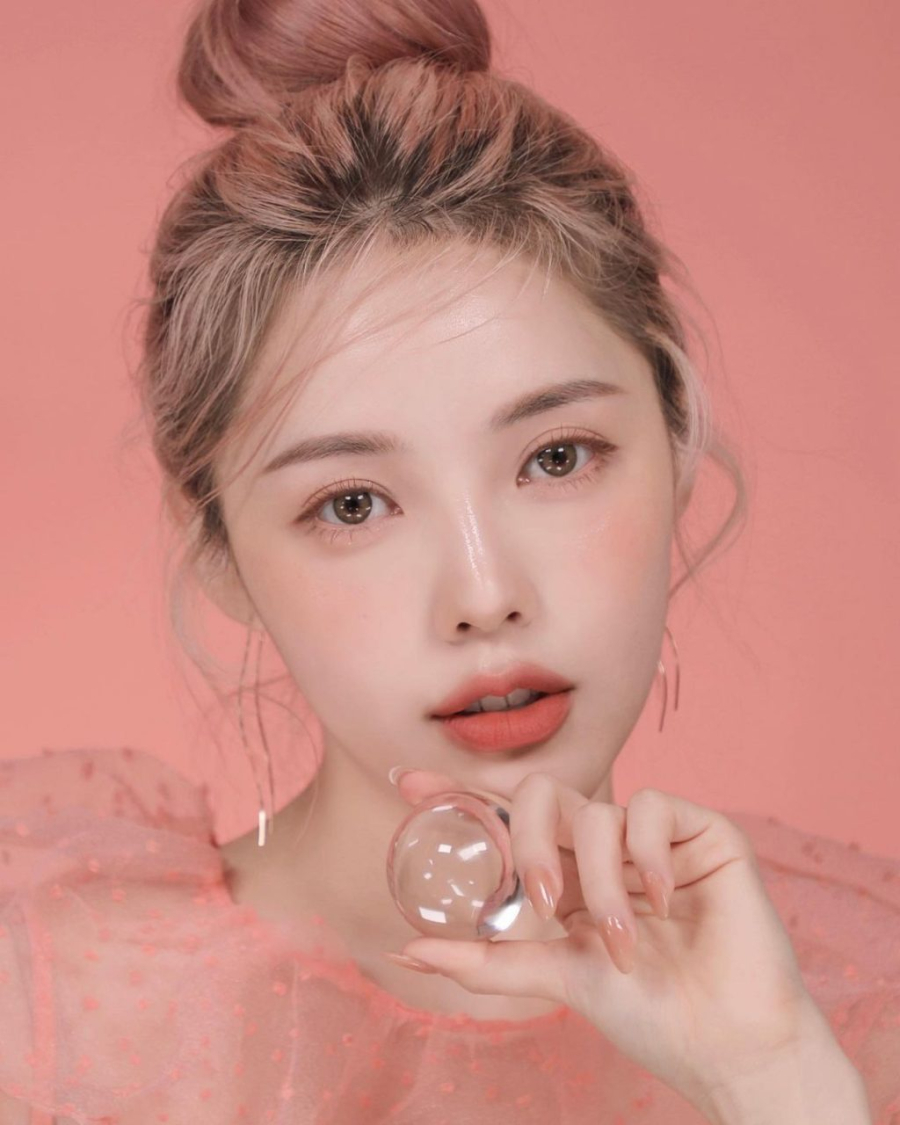Creating contours is the key to making the face look sharper and more slimming. Below are some contouring techniques by beauty bloggers that you should learn from.
Contouring method:
A round face has few defined features and the length is close to the width, making the face appear very short. When applying makeup, you need to create the illusion of the sides of the face coming together and create “fake” hollows.
Contouring is a method to conceal face flaws and highlight the features that make the face look sharper. This method is applied when starting to learn makeup. Note that combining bright and dark colors will make the face look very harsh.

First, use a bright powder and apply it evenly to the central areas such as the T-zone and chin. Then, accurately identify the cheekbones by pinching the cheeks. Apply contour powder from 2/3 of the way from the ears to the mouth, following the cheekbones, and then contour along the hairline from the top to the sides, blending into the cheek contour.
Strobing method:
This is a simplified version favored by Asian girls because after application, the face will appear more attractive and have more depth, while still maintaining softness, harmony. The Strobing technique mainly uses highlight powder to create contours, focusing on the chin, nose bridge, forehead, and cheeks. With this method, the remaining parts of the face will automatically be shaded.

Strobing Shading method:
This method is specifically for those who have a V-line face shape but still want to look sharper. This technique emphasizes the natural facial bone structure by accentuating the cheekbones and jawline.
Use a light brown powder, darker than your skin tone by 1 shade, to darken the areas that need emphasis, and add a little underneath the chin if you have a long face. Then, use a brighter powder, one shade lighter than your skin tone, to highlight the areas in need of brightness, such as the T-zone and chin. The highlight will make the center of the face more prominent.
You should apply powder along the hairline and chin to create a balanced look. Additionally, apply contour below the cheekbones for a more sophisticated look. Highlight should be applied at the focal points in the center of the face: the center of the forehead, the triangle under the eyes, the bridge of the nose, and the chin.

You should use pressed powder as it is suitable for oily skin and will not make the face too shiny. For techniques like Strobing or Shading, pressed powder with less shimmer will be the most suitable choice.

































